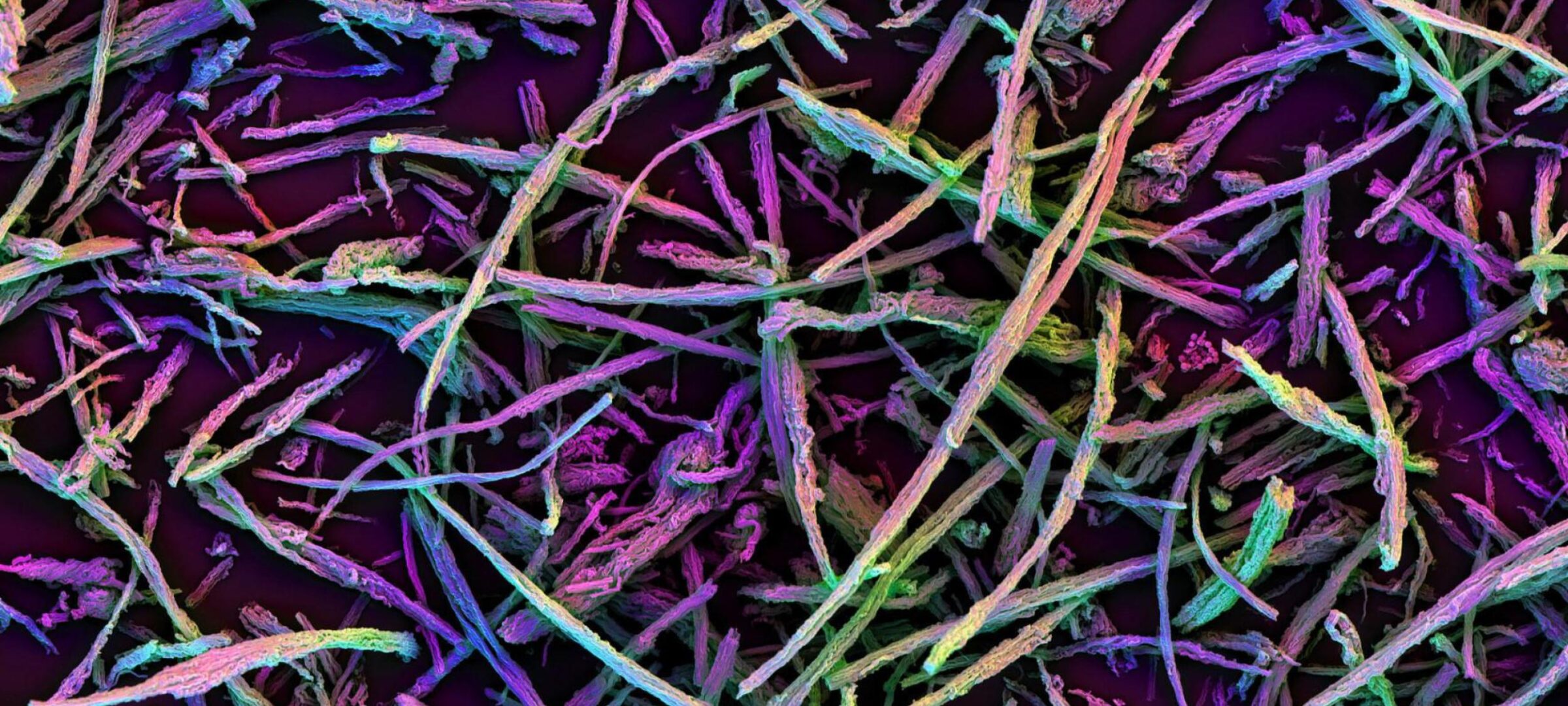In Brief:
- Immunoengineering is a new field in which scientists craft therapies that work with the immune system.
- A team at the Wyss Institute developed vaccines that fool the immune system into attacking cancer cells.
- One of their vaccines is currently undergoing clinical trials.
For most, the thought of cancer treatment is immediately linked to radiation, surgery, and chemotherapy. However, for a handful of scientists from the Wyss Institute at Harvard University, cancer therapy means the newly minted field of immunoengineering.
Immunoengineering is the combination of immunology, the study of immune systems, and engineering. At the Wyss Institute, a team of students and professors is using immunoengineering to develop vaccines that target cancer cells by working with immune system signaling. Dr. David Mooney, a founding member of the Institute with a Ph.D. in chemical engineering from the Massachusetts Institute of Technology, leads this team.
At the “Mooney lab,” as it is known, the work is fast-paced and the research has been groundbreaking. Aileen Li is a graduate student with a B.S. in biomedical engineering from Georgia Tech who is now a part of Dr. Mooney’s team.
“The Mooney lab is a pioneer in cancer immunoengineering,” she says. “When I joined the lab, they had just developed a macroporous polymer-based cancer vaccine showing unprecedented melanoma regression in preclinical animal models.” In layman’s terms, this means that the Mooney lab created a working vaccine for skin cancer with the help of animal models.
The Mooney lab’s vaccines work by manipulating dendritic cells, which act as a surveillance system for the body that detects foreign substances and notifies the immune system. While this arrangement is often effective when defending the body against invasion and illness, things go wrong when it comes to cancer.
Early cancer cells are similar to healthy body cells, so dendritic cells aren’t able to recognize them as foreign. To address this, the Mooney lab is developing a vaccine that alerts the immune system to the presence of cancer cells.
When injected into the body, the vaccine releases cytokines, which are specially shaped proteins. These serve the dual purpose of alerting dendritic cells and coating cancer cells. Once the dendritic cells send out a signal, the immune system attacks the cytokines. The cancer cells, covered by the cytokines, then bear the brunt of the attack. In effect, the vaccine tricks the immune system into attacking cancer cells.
Currently, the Mooney lab is working on improving its vaccines. But, the team’s research isn’t restricted to the lab. “One of our cancer vaccines using the polymer PLGA (a material commonly used in sutures) is currently in phase 1 clinical trials for patients with advanced [skin cancer],” Li says.
If all goes well, there could soon be a new, less harmful cancer treatment on the market. Although Dr. Mooney’s team has only focused on cancer therapy so far, their technique of targeted vaccines also has applications in treating other diseases that affect the immune system. Thanks to their research, immunoengineering might just become a successful method of treating cancer and with any luck, further development will help it do the same for other diseases as well.
Works Cited
- Li, Aileen, David J. Mooney, and J. Kim. “3D Vaccine Spontaneously Assembles to Pack a Powerful Punch against Cancer, Infectious Diseases National Institute of Biomedical Imaging and Bioengineering.” U.S. National Library of Medicine. January 23, 2015. https://www.nibib.nih.gov/
news-events/newsroom/3d- vaccine-spontaneously- assembles-pack-powerful-punch- against-cancer - Aileen Li, interview by Viktoria Latinoska.
- Li, Aileen, and David J. Mooney. “Materials Based Tumor Immunotherapy Vaccines.” National Center for Biotechnology Information. https://www.ncbi.nih.gov/
pubmed/23337254 - McAlpine, Kat J., and Caroline Perry. “Injectable 3D Vaccines Could Fight Cancer and Infectious Diseases.” Wyss Institute at Harvard. December 8, 2014. http://wyss.harvard.edu/
viewpressrelease/183/ injectable-3d-vaccines-could- fight-cancer-and-infectious- diseases
Image Credits:
Feature Image:
- “3D Vaccine Slica Rods https://www.flickr.com/
photos/nihgov/26831840474/in/ album-72157666897233564/” by Aileen W Li, Jaeyun Kim, James Weaver and David J Mooney (Edited). License: CC BY-NC 2.0
Story Image:
- “T Helper Cell https://pixabay.com/en/t-
helper-cell-cell-immune- system-1123292/” by Anonymous https://pixabay.com/en/users/ allinonemovie-201131/ (Edited). License: CC0 1.0 - “Syringe https://pixabay.com/en/
syringe-cure-medicine-drug- 1712511/” by Jan https://pixabay.com/en/users/ janjf93-3084263/ (Edited). License: CC0 1.0 - “Cancer Cells https://commons.wikimedia.
org/wiki/File:Diagram_showing_ how_cancer_cells_keep_on_ reproducing_to_form_a_tumour_ CRUK_127.svg” by Cancer Research UKhttp://www. cancerresearchuk.org/ (Edited). License: CC BY-SA 4.0
Chief Editor: Aparna Ragupathi
Creative Team Coordinator: Sreya Das
Team Editor: Emily Liu
Team Graphic Designer: Lucia Tian
This article was written by Viktoria Latinoska. As always, before leaving a response to this article please view our Rules of Conduct. Thanks! -cSw Editorial Staff

